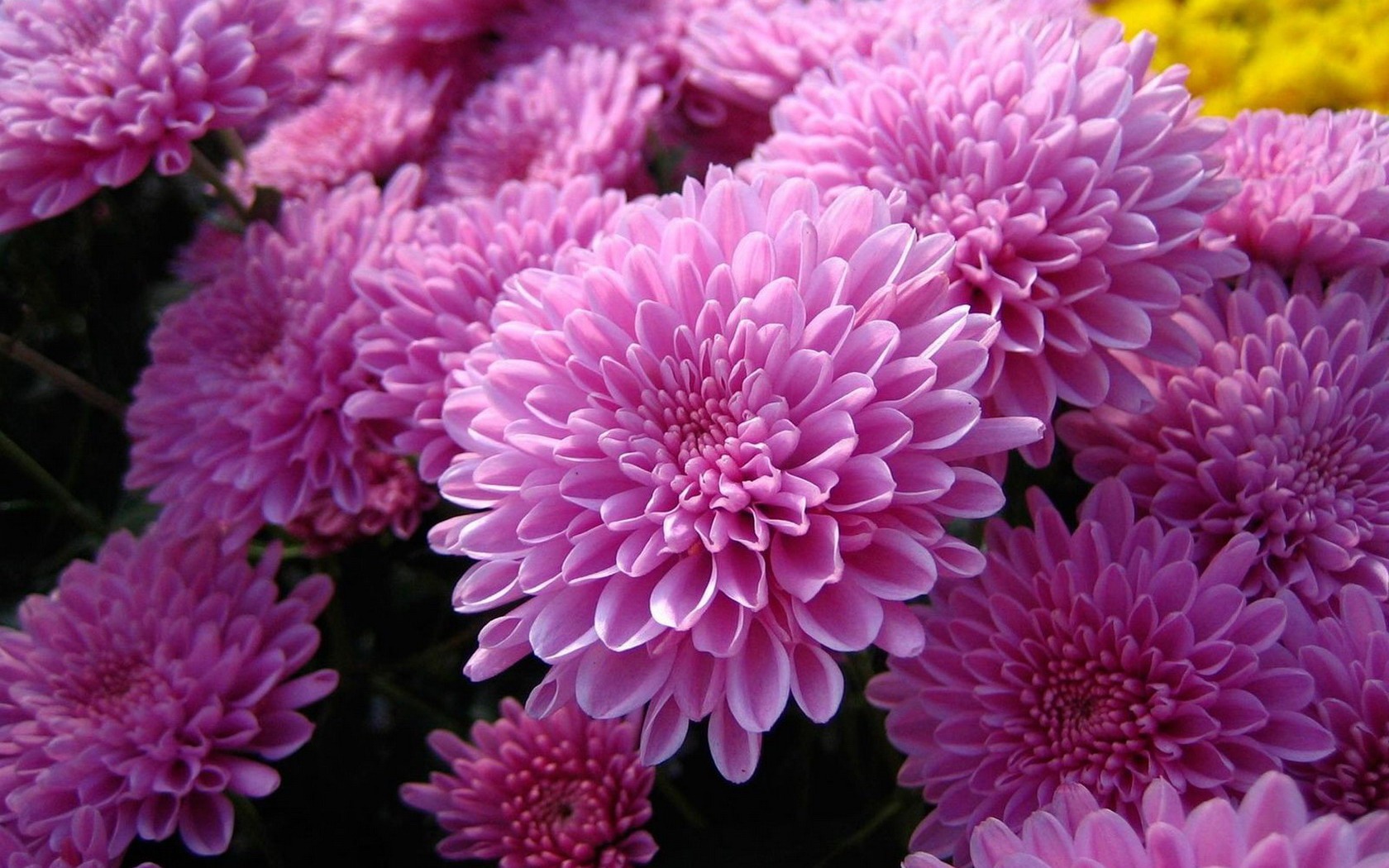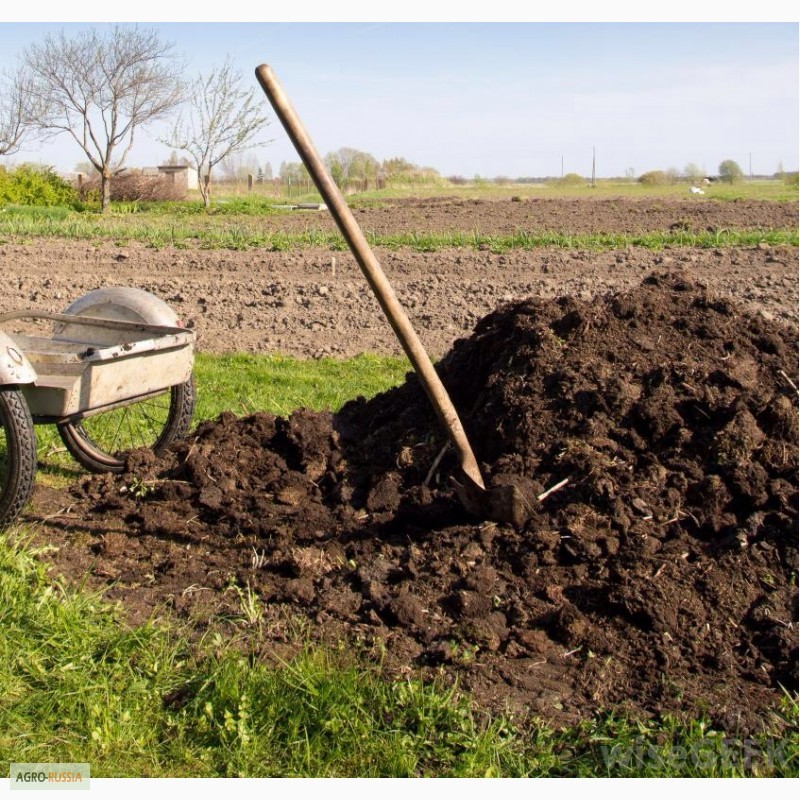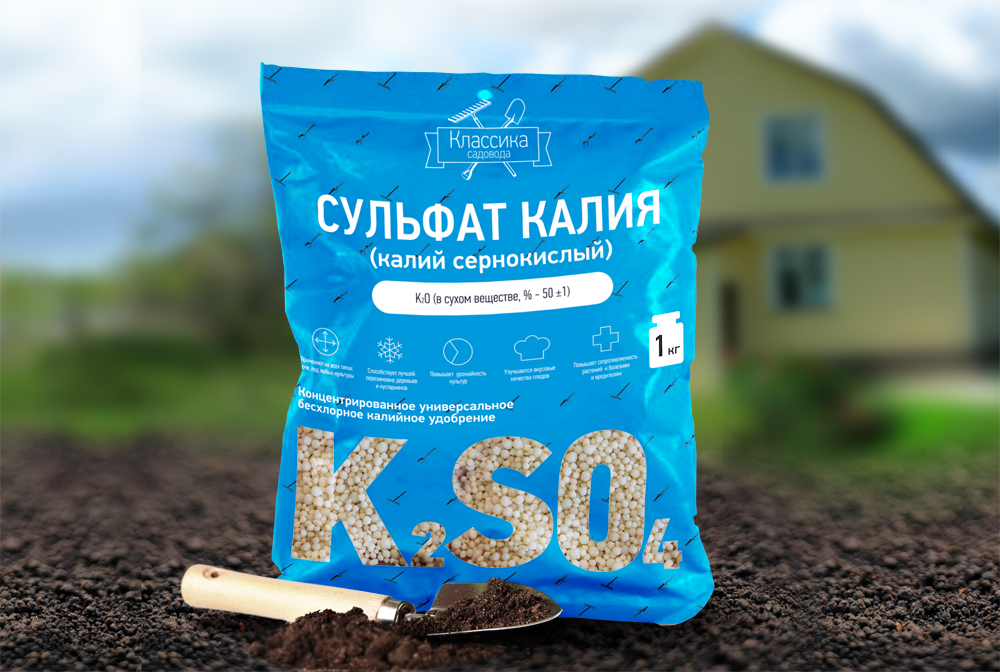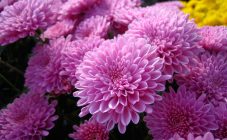Content:
Chrysanthemum is an annual representative of the Astrov family, which can be planted not only for one year, but also on an ongoing basis. Further in the text of the article, it will be said how to create comfortable conditions and how to feed the chrysanthemums so that they thank them with lush flowering.
About caring for chrysanthemums
Since the described flower can be planted not only on the street, but also at home, you should know how to fertilize chrysanthemums and what instructions you need to follow so that the plant can easily adapt to different temperature conditions.
Houses
To grow a representative of the Astrovs at home, it is desirable:
- place the plant on the windowsill in the east or west rooms;
- provide a different temperature regime, in accordance with the season:
- in summer - up to 23 degrees;
- in the fall - up to 15 degrees;
- in winter - up to 8 degrees.
- make sure that the earth does not dry out;
- spray from a spray bottle about 5-6 times a week;
- maintain average humidity;
- exclude excessive watering in order to avoid the appearance of mold;
- before planting, put in a pot 2-3 cm of drainage: a mixture of peat, sand and humus;
- in order for the plant to bloom for a long period, you need to make a 10-hour day for it, covering it with a box after the sun leaves in the westerly direction;
- when cleaning for the winter, you can place the chrysanthemum on an insulated balcony or in the basement;
- preparing a flower for winter, it is advisable to cut it off, leaving a stem 10 cm long, and water it a few days before harvesting in another room so that the earth is moist.
- in the first month of spring, the plant can be transplanted into the open ground for the summer season.
In the garden
In order for the plant to feel good on the street, it is necessary:
- choose a well-ventilated place: you can choose any hill on the site where the sun's rays always come;
- water moderately;
- put drainage in the form of sand, gravel, a spoonful of peat and humus at the bottom of the hole;
- feed 2 months after planting with organic fertilizers;
- to preserve the plant in winter, it is desirable:
- cut off all dry leaves and buds;
- Sprinkle the remaining stems with earth;
- cover the resulting hill with dry foliage, grass and plastic.
Top dressing options at different periods
Spring
To understand how to feed chrysanthemums before flowering, you should study the information below.
When preparing the soil for planting plants, you need to dig it up and enrich it with fertilizer. The compost should be cow dung and humus.
Before flowering, namely from March to June, after each watering, it is necessary to apply fertilizers with the main active element - nitrogen. Such feeding will ensure the rapid growth of foliage and will help the plant to bloom in the future.
In addition to feeding, it is advisable to make sure that the earth is not dense and acidic; in order to avoid getting the specified soil, you need to mix it with sand and wood ash.
Summer period
In addition to the mineral complex, it is worth fertilizing the flower with the "Bud" preparation, observing the dosage: 10 g of the substance per 10 liters of water.
Fall
From August to September, when the plant blooms, it is advisable to feed it with additional mineral complexes that do not contain nitrogen. Instead of nitrate in increased doses, the presence of potassium and phosphorus should take place to help the Astrovich representative recover faster and prepare for wintering. In some cases, such a complex helps the plant to bloom.
Fertilizers
Among all kinds of feeding options, it is recommended to highlight the following:
- Cow dung or chicken manure - contains saltpeter and applied in stages:
- Pour 0.5 buckets of manure with 10 liters of water and leave for 7 days to remove excess ammonia;
- Dilute 1 liter of the resulting solution with 10 liters of water;
- water the bushes under the root, excluding getting on the leaves and stem, so that the plant does not get burned.
- Ash - contains phosphorus and potassium. In case of application with manure, it enriches the plant, contributing to the development of the root system and green mass.
- Urea - contains saltpeter. Helps color the leaves and strengthen the shoots. Prepared in a ratio of 1 tbsp. l. 10 liters of water. It is applied in the form of spraying bushes with a spray bottle.
- Potassium sulfate - contains potassium. Use if leaves dry and turn yellow at the edges. To prepare a solution, dissolve 1 tsp. substances per 10 liters of water.
- Potassium sulfate - provides plants with vibrant flowers and healthy buds.
- Mineral and organic complexes - help the chrysanthemum to recover from the flowering period and gain strength for the new season.
Gardening tips
In order for the plant to feel comfortable and enjoy flowering, it is advisable to heed the following tips:
- In the process of fertilizing, it is advisable to pour them at the root so as not to harm the health of the flower.
- Top dressing chrysanthemums in summer will ensure lush blooms in the fall.
- You can shorten the daylight hours by covering the bushes after 6-7 pm with special boxes or screens.
- A young seedling must be protected from direct sunlight for the first two months after planting.
- In the second decade of July, gradually reduce the amount of watering to a minimum, so that the plant gradually prepares for winter.
- Remove some of the buds that have tied up, helping the remaining flowers to pick up paint and bloom.
- Apply fertilizers containing sufficient potassium and phosphorus.
- Water with a growth stimulator using a dosage of 1 ml of substance per 10 liters of water.
- In order for the chrysanthemum to start blooming again in the autumn, it is necessary to make the spring temperature for it.
- If there are already adult chrysanthemums in the flowerbed, fresh cow dung cannot be used.
- So that the flowers do not burn out from fertilization, it is advisable to introduce it into the ground in the flower bed in the fall, then it will have time to rot during the cold weather.
- It is not recommended to introduce nitrogen in the autumn, so as not to lead the plant to death.
- Watering only with rainwater or separated, room temperature.
- In the process of watering, it is advisable to use a watering can without a diffuser so that moisture does not get on the leaves, as it can harm them.
- With a frequency of 1 time in 7 days, it is advisable to remove weeds at the place where the flower grows.
- To make it easier to deal with grass, pests and diseases, you can mulch the planting site with foliage, sawdust, and straw.
- In order for the flower to survive the winter successfully, it is necessary to cut off the stems, leaving up to 10 cm.
- If the bush is large and tall, it is advisable to provide support on one side so that the stems do not break in a strong gust of wind.
- To maintain the required air humidity, it is recommended to spray the flower from a spray bottle in the morning and evening.
- It is imperative to pinch the flower shoots when they reach a length of 10-12 cm in order to increase the life of the plant and give the bush beauty.
Summing up, it is worth noting that the types of feeding were considered and how to feed chrysanthemums in the summer, before and after flowering, so that they feel comfortable and please the eye for several years.















